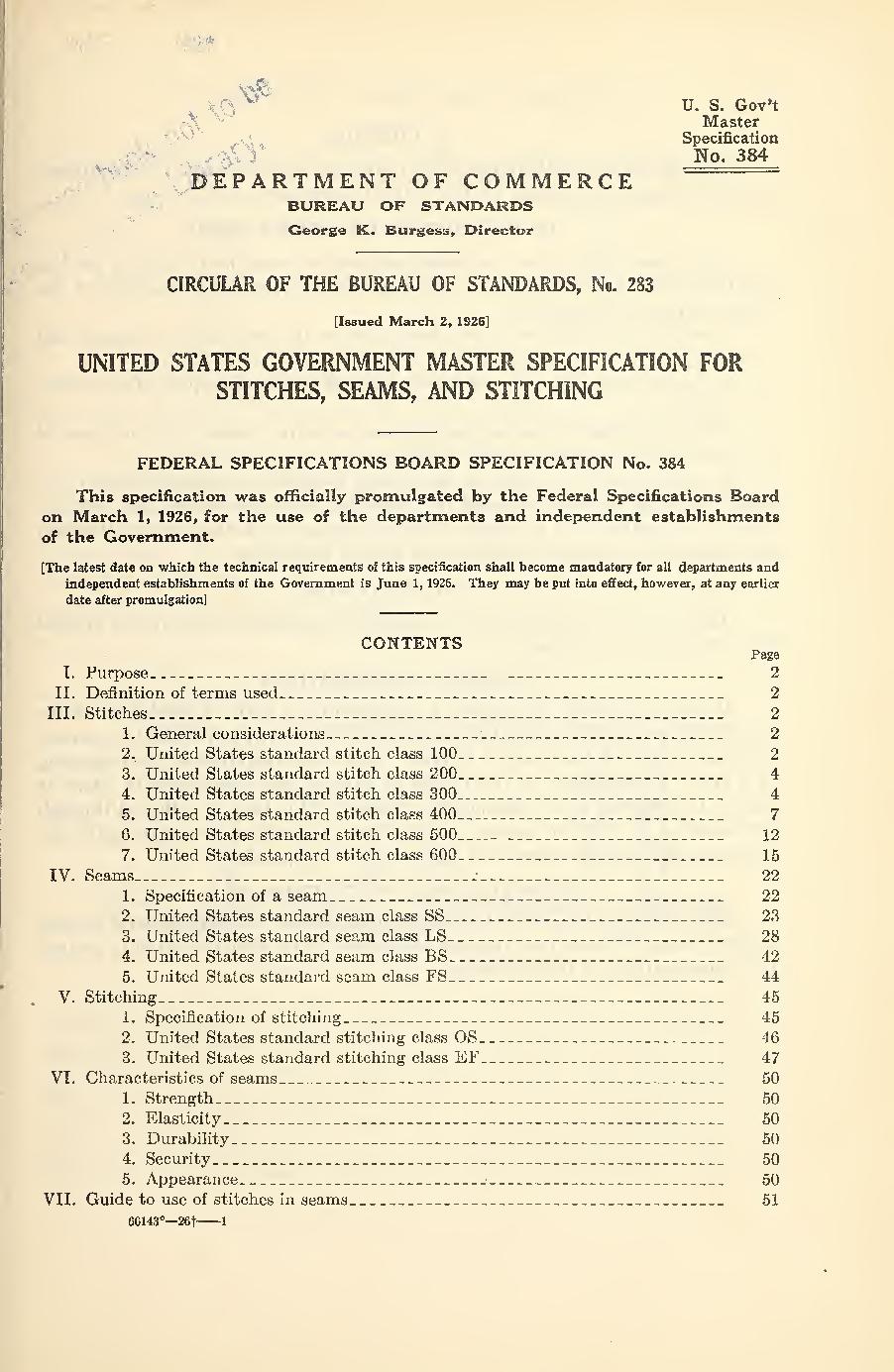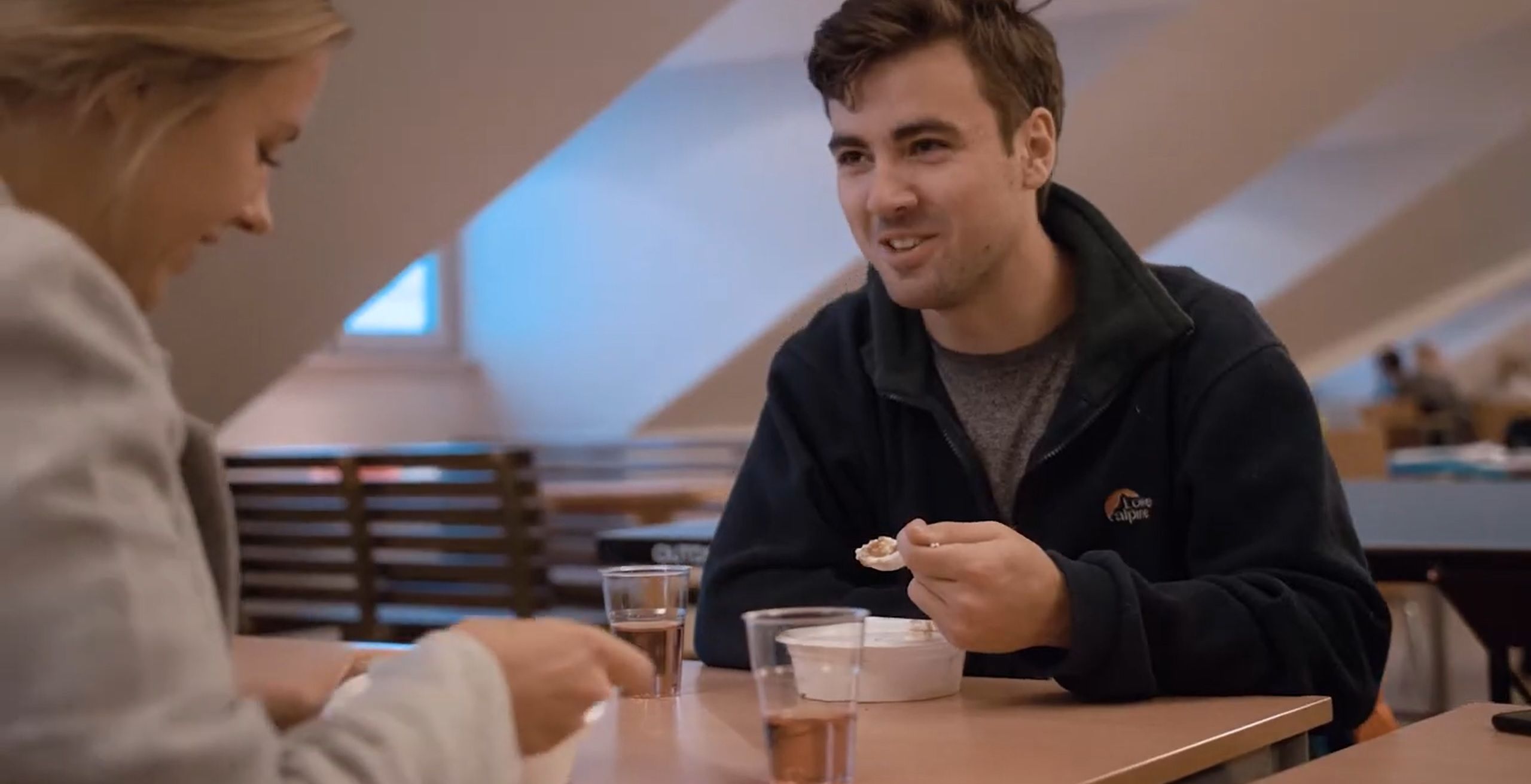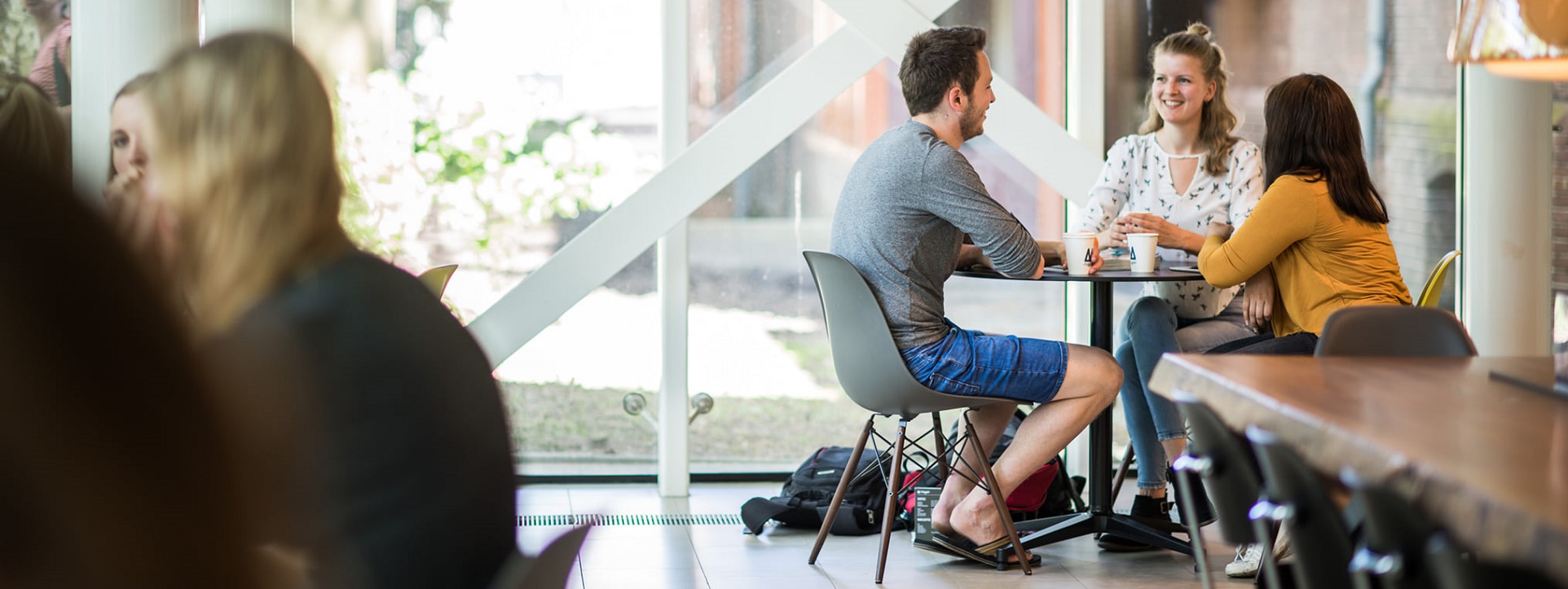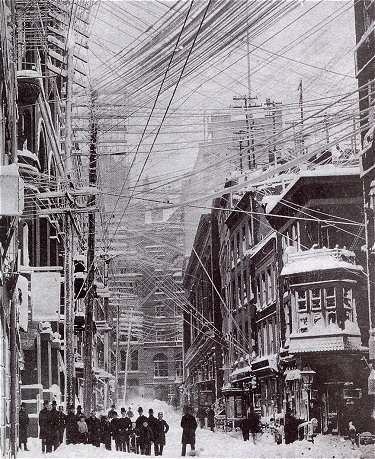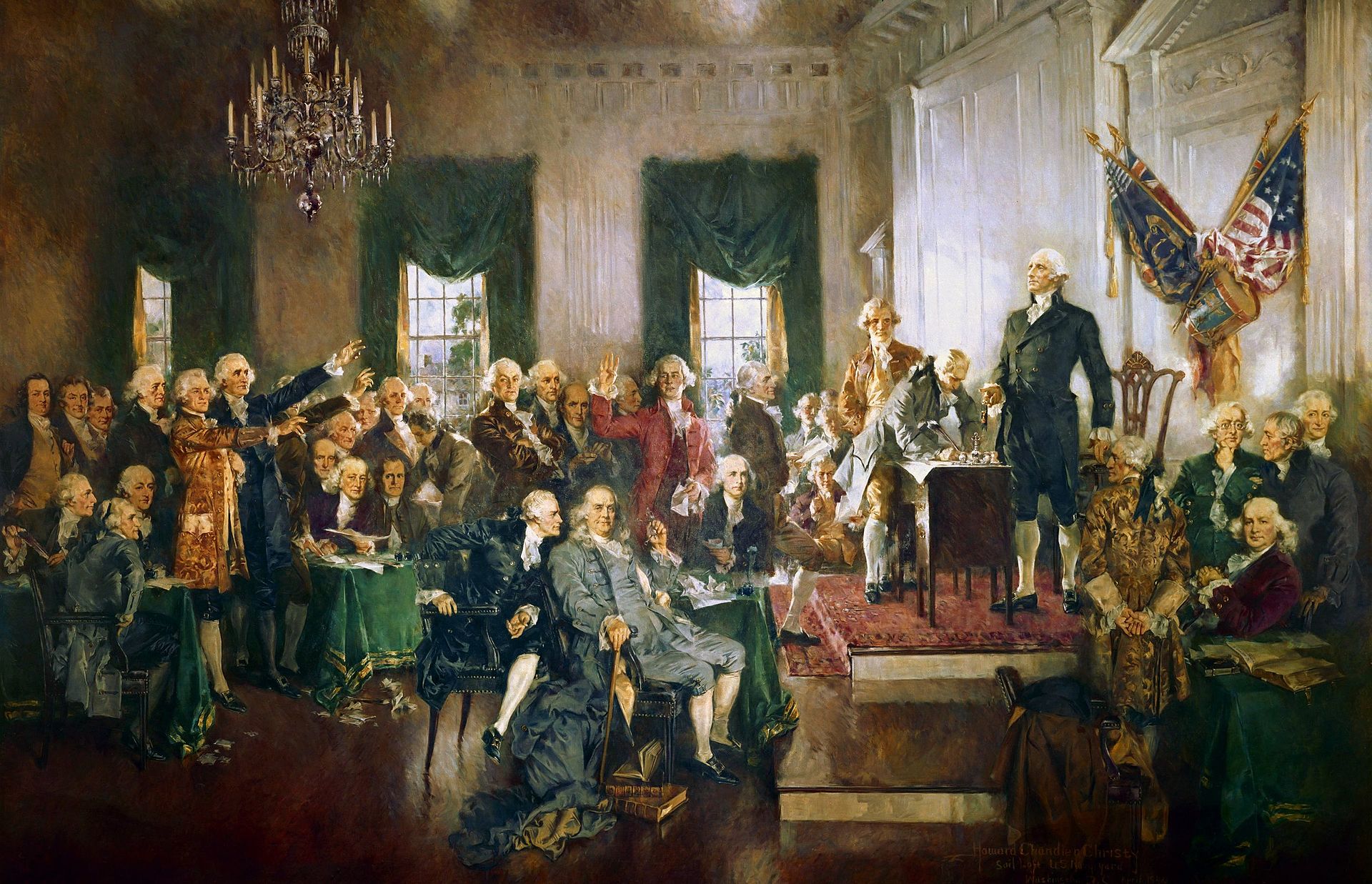Standard stitch work – standards for men’s clothing sizes trace back to the Civil War, but no one even attempted to fix the sizes for women until almost a century later, when they called on NIST. #NYFW pic.twitter.com/dFQVGknU3w
— National Institute of Standards and Technology (@NIST) February 13, 2021
Stitches, Seams & Stitching
- Home Page 187

Stitches, Seams & Stitching
Cold weather concreting
COLD WEATHER CONCRETING
BY
Cris-Hawk Farrin
University of New Hampshire, December, 2010
Placing concrete in cold weather is conventionally performed using external devices such as heaters or insulated forms to protect fresh concrete from freezing temperatures. Such practices imbed excessive carbon and result in an undesirable carbon footprint. The purpose of this study was to investigate the feasibility of casting concrete in cold weather using chemical admixtures instead of hydrocarbons or expensive insulating blankets so construction can continue during the winter season in the Northern Tier States. Several innovative tests were performed to evaluate the properties and performance of cold weather concrete created with chemical admixtures. Results indicate adequate concrete strength can be attained through the use of chemical admixtures without the use of any heating or insulating and construction can be accomplished in the winter. However, due to less than desirable air void characteristics, resistance to cycles of freezing and thawing in an adverse environment may be problematic.
International Building Code Chapter 19: Concrete
Related:
- ACI 306R-16: “Guide to Cold Weather Concreting” by the American Concrete Institute (ACI) – This guide provides recommendations for cold weather concreting practices, including temperature requirements, protection measures, curing methods, and admixture recommendations.
- ACI 318-19: “Building Code Requirements for Structural Concrete” by the American Concrete Institute (ACI) – This standard provides requirements for the design and construction of structural concrete elements. While it does not specifically address cold weather concreting, it includes provisions related to concrete materials and construction practices that are applicable in cold weather conditions.
- ASTM C94/C94M-21: “Standard Specification for Ready-Mixed Concrete” by the American Society for Testing and Materials (ASTM) – This specification covers requirements for ready-mixed concrete, including batching, mixing, transportation, placement, and curing. It provides general guidance for concrete production and placement, which should be adapted to suit cold weather conditions.
- ASTM C31/C31M-21: “Standard Practice for Making and Curing Concrete Test Specimens in the Field” by the American Society for Testing and Materials (ASTM) – This practice outlines procedures for making and curing concrete test specimens in the field, which are necessary for assessing the quality and strength of concrete in cold weather conditions.
- CSA A23.1/A23.2: “Concrete Materials and Methods of Concrete Construction/Methods of Test for Concrete” by the Canadian Standards Association (CSA) – These standards cover materials, methods, and testing procedures related to concrete construction. While they do not specifically address cold weather concreting, they provide essential guidance for producing and testing concrete in various environmental conditions.
- National Building Code of Canada (NBCC) – This code provides requirements for the design and construction of buildings in Canada, including provisions related to concrete construction in cold weather climates.
Memorial Union Terrace
This content is accessible to paid subscribers. To view it please enter your password below or send mike@standardsmichigan.com a request for subscription details.
Ottawa County Michigan
This content is accessible to paid subscribers. To view it please enter your password below or send mike@standardsmichigan.com a request for subscription details.
Readings “The Hive Mind”
This content is accessible to paid subscribers. To view it please enter your password below or send mike@standardsmichigan.com a request for subscription details.
John A. Paulson School of Engineering and Applied Sciences
2022 IRS 990 Filing: President And Fellows Of Harvard College
NACUBO-TIAA Study of Endowments
The University continues its expansion in Allston, Massachusetts. The Harvard Business School and many of the university’s athletics facilities, including Harvard Stadium, are located on a 358-acre (145 ha) campus in Allston, a Boston neighborhood across the Charles River from the Cambridge campus. The John W. Weeks Bridge, a pedestrian bridge over the Charles River, connects the two campuses. Intending a major expansion, Harvard now owns more land in Allston than it does in Cambridge.
A ten-year plan calls for 1.4 million square feet (130,000 square meters) of new construction and 500,000 square feet (50,000 square meters) of renovations, including new and renovated buildings at Harvard Business School; a hotel and conference center; a multipurpose institutional building; renovations to graduate student housing and to Harvard Stadium; new athletic facilities; new laboratories and classrooms for the John A. Paulson School of Engineering and Applied Sciences; expansion of the Harvard Education Portal; and a district energy facility.
Allston Planning and Development
Harvard Research Summary 2023:
- Alleviating depression with yoga
- Using Machine Learning to Listen to Whales
- Considering the genetics of musical ability
“Taking charge: Black electoral success and the redefinition of American politics”
The Science of Food Standards
Standards and Scientific Advice on Food and Nutrition
In descending order the nations listed below are largest food exporters:
- United States: The United States is one of the largest food exporters in the world. It exports a wide range of agricultural products, including grains, meat, dairy products, fruits, and vegetables.
- Netherlands: Despite being a relatively small country, the Netherlands has a highly developed agricultural sector and is a major exporter of agricultural products. It is particularly known for its exports of vegetables, fruits, and dairy products.
- Germany: Germany is a significant exporter of food and agricultural products. It exports a variety of goods such as meat, dairy products, grains, and processed foods.
- Brazil: Brazil is one of the world’s largest exporters of agricultural commodities. It is particularly known for its exports of soybeans, beef, poultry, coffee, and sugar.
- China: China has a vast agricultural sector and is a major exporter of various food products. It exports goods like vegetables, fruits, seafood, processed foods, and tea.
- Canada: Canada is a significant exporter of agricultural products, including grains, meat, dairy products, and seafood. It has a strong presence in the global agricultural market.
- Australia: Australia is a major food exporter, known for its exports of wheat, beef, lamb, dairy products, and wine. It benefits from its vast agricultural land and favorable climatic conditions.
- France: France is renowned for its agricultural products and is a leading exporter of wine, cheese, dairy products, grains, and processed foods.
- Argentina: Argentina is a prominent exporter of agricultural commodities, particularly soybeans, wheat, corn, beef, and wine.
- Thailand: Thailand is a significant exporter of agricultural products, including rice, seafood, processed foods, and tropical fruits.
Cocoa: Food of the Gods
International Cocoa Organization
“Natkaffe” | Erik Ludvig Henningsenhttps://t.co/Hk6hI6JoQIhttps://t.co/eF0cZjPWGo pic.twitter.com/pDSRyZAxPu
— Standards Michigan (@StandardsMich) January 31, 2022
“Mr. Blue Sky” 1977 Jeff Lynne
University of Groningen Lipdub@univgroningenhttps://t.co/QENg1yZ8nb
print(“Lunch Hour 1600 UTC”)\n weekday(2)https://t.co/QMo57UYgp0 pic.twitter.com/xxsg1pXVq5— Standards Michigan (@StandardsMich) April 26, 2023
Joint Use of Electric Power Transmission & Distribution Facilities and Equipment
Guide for the Joint Use of Electric Power Transmission & Distribution Facilities and Equipment
Abstract: This guide identifies the mechanisms and an analytic approach for developing consistent rules, agreements, and/or methodologies for the evaluation and inter-entity cooperation managing pole attachments on utility infrastructure that can contain both electric supply as well as communications wireline and wireless facilities.
The common safety codes and accepted good industry practices for joint use are referenced, including items such as clearances and strength/loading requirements, appropriate work rules during installation, maintenance and restoration, and general guidelines. The considerations within this guide can be used to help perform a detailed assessment of attachment installations where communications antennas and related wireline and wireless equipment are to be co-located on joint use structures.
Scope: This guide provides recommendations for the development of consistent guides, agreements, and/or methodologies for the evaluation and inter-company cooperation on managing pole attachments on Electric Utility infrastructure.
H.R. 7495: Empowering Learners through Competency-Based Education
“But what is government itself but the greatest of all reflections on human nature? If men were angels, no government would be necessary. If angels were to govern men, neither external nor internal controls on government would be necessary. In framing a government which is to be administered by men over men, the great difficulty lies in this: you must first enable the government to control control the governed; and in the next place oblige it to control itself.” — James Madison, Federalist 51
Relevant Federal Executive & Legislative Committees
House of Representatives: Committee on Education & the Workforce
Senate: Committee on Health, Education, Labor and Pensions
SCOTUS: West Virginia, et al. v. Environmental Protection Agency
H.R. 221: Expand Pell Grant eligibility to certain trade schools
H.R. 193: Teach Relevant Apprenticeships to Drive Economic Success Act
H.R. 302: Energy Cybersecurity University Leadership Act of 2023
The University Campus As A Designed Work and an Artefact of Cultural Heritage
New update alert! The 2022 update to the Trademark Assignment Dataset is now available online. Find 1.29 million trademark assignments, involving 2.28 million unique trademark properties issued by the USPTO between March 1952 and January 2023: https://t.co/njrDAbSpwB pic.twitter.com/GkAXrHoQ9T
— USPTO (@uspto) July 13, 2023
Standards Michigan Group, LLC
2723 South State Street | Suite 150
Ann Arbor, MI 48104 USA
888-746-3670


